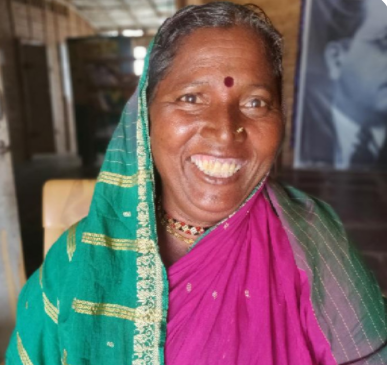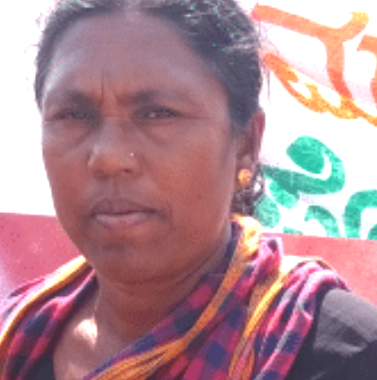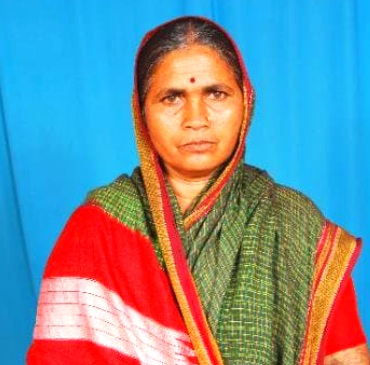Right to Health and Maternal Health Services is the continued campaign of JMS, extended over 20 years. It stems from the larger vision of JMS for citizen’s fundamental right to live with dignity and wellbeing. The campaign for right to health began as part of Dalit women’s claiming spaces and public services in the context of the historical seggregation, exclusion and discrimination that they faced from public spaces and public institutions including health care centres. The Right to Health Campaign, in different phases, has addressed a range of issues towards ensuring dignified access to health care to Dalit Women. Some of the focused issues include the following: (1) Claiming Spaces in Primary Health Cetnres – nodi nimma arogya kendra campaign (2002-03); (2) Right to Primary Health Care Campaign (2006-2011); (3) Community monitoring of health care services as part of National Rural Health Mission (2008-09); (4) Campaign Against Privatisation of Health Care (2017-2020, ongoing); (5) Right to Maternal Health Services (2017-2020, ongoing); (6) Our Health in Our Hands – Herbal Medicines and Primary Care (2002-2021, ongoing).


JMS karyakarta started a Maternal Health survey covering ANC, Normal Delivery & C-section questionnaires focusing on the amount spent during Delivery by a Dalit & other disadvantaged women.


The 1st phase extends through the formative years of JMS, viz. 1999-2005. During this time, the primary goal was massive ground level mobilisation in order to ‘organise’ Dalit women and ‘conscientise’ them in order to ‘resist’ the systemic discrimination and exploitation that they faced.
Claiming spaces for Dalit women in public institutions and re-establish their dignity in public spaces was the lateral strategy that was adopted. Two key processes characterise the first phase. One, the campaign to increase access to Primary Health Centres (PHCs). The context of this campaign was that due to the inherent cast structure and caste based discrimination, we found that many Dalit women had not reached PHCs for health care and in several villages, health workers would not enter Dalit communities. This was due to the caste affiliations of health care workers themselves and how Dalit women were treated when they went to the PHCs or sub-health centres (SHCs). Nodi nimma prathamika arogya kendrawas a process to bridge this gap and facilitate Dalit women’s participation in the PHCs.
Two, reviving the local health traditions and building a cohort of community health healers. This was to revive the local health knowledge and practices for primary health care, to build women’s autonomy over their bodies and to build women leaders as healers in the community. Read More
During the 2nd phase, JMS linked itself to networks at the state and national levels. The context also was the opportunity that came through National Rural Health Mission which focused on health systems strengthening and revitalisation of primary health care Read More
The third phase extended between 2012-2017 amidst massive socio-political changes in the country. By this time, the NRHM had disappeared and with the change in the central government, focus on primary health care had dwindled. The effects of massive privatisation was seen even in villages. The health needs of communities had increased, so also health expenditure. Read more
Realising the need to focus on mobilising communities for the right to health care, during this time, delved into the issue of maternal health care. The effects of privatisation and the declining public health care were very tangible seen in the issue of maternal health care. Read More



JMS need helping hands to do more work on empowerment of Dalit Women.
©2020 JMS All Rights Reserved.
Site Developed by Creative Communication